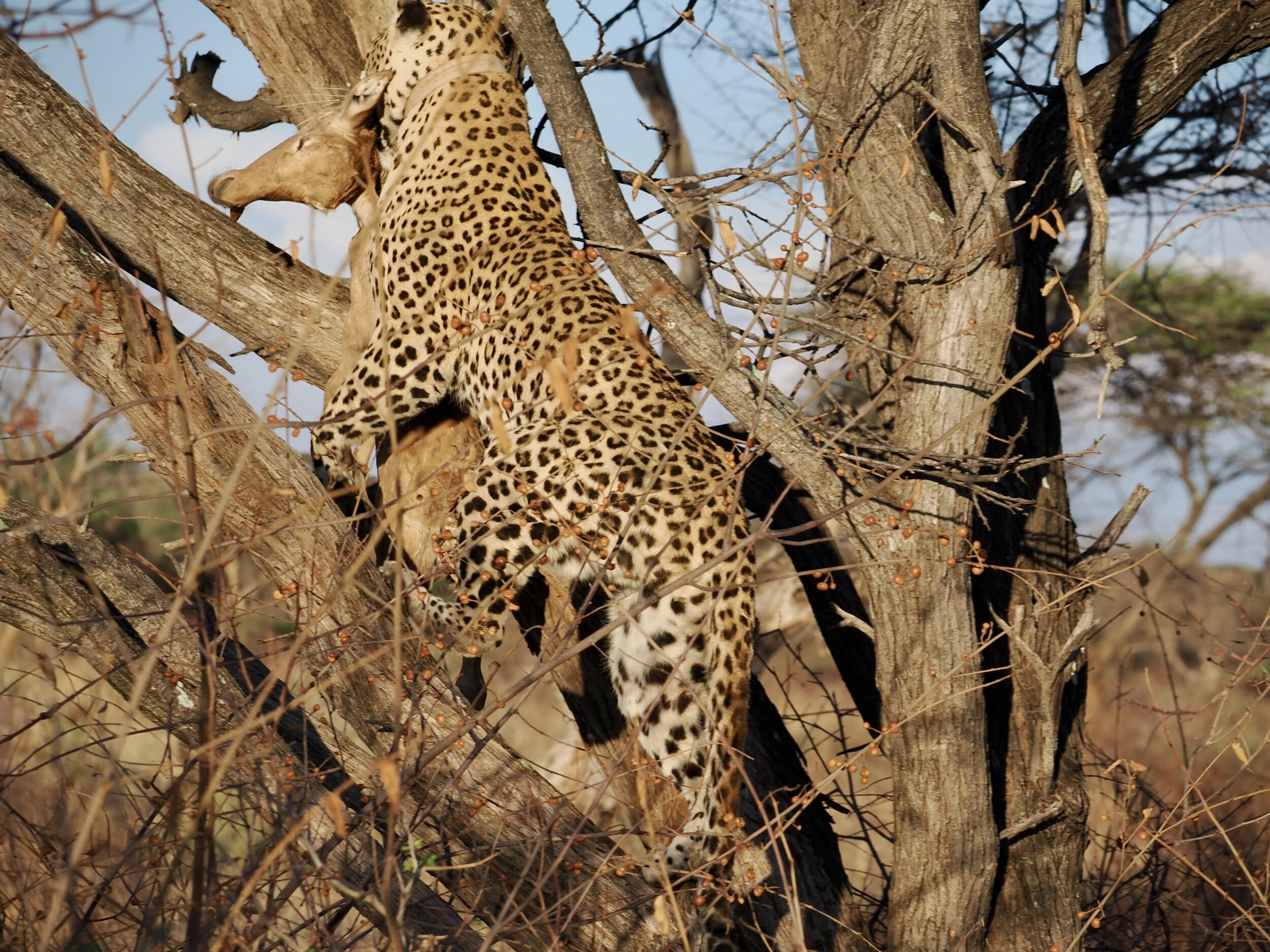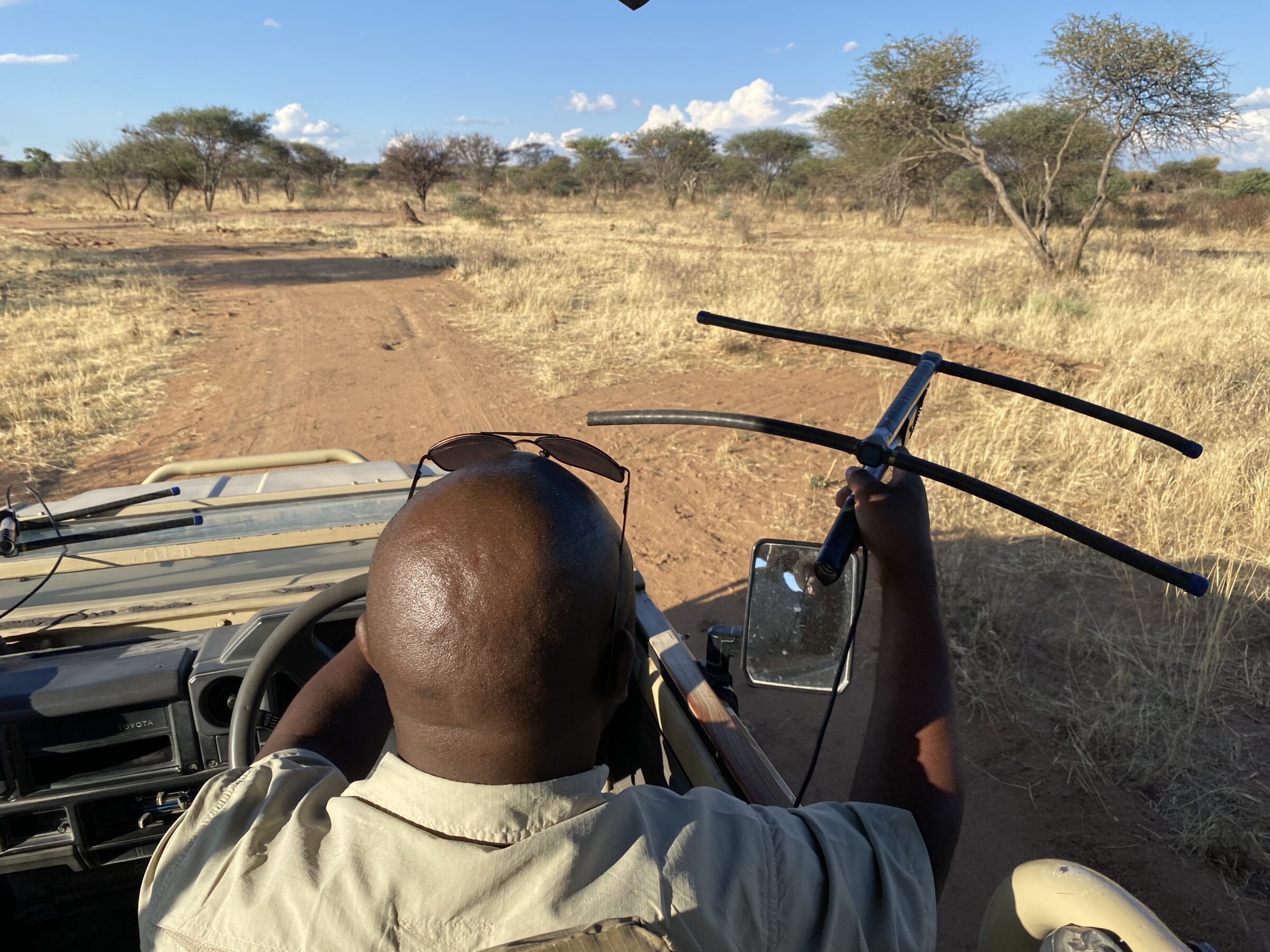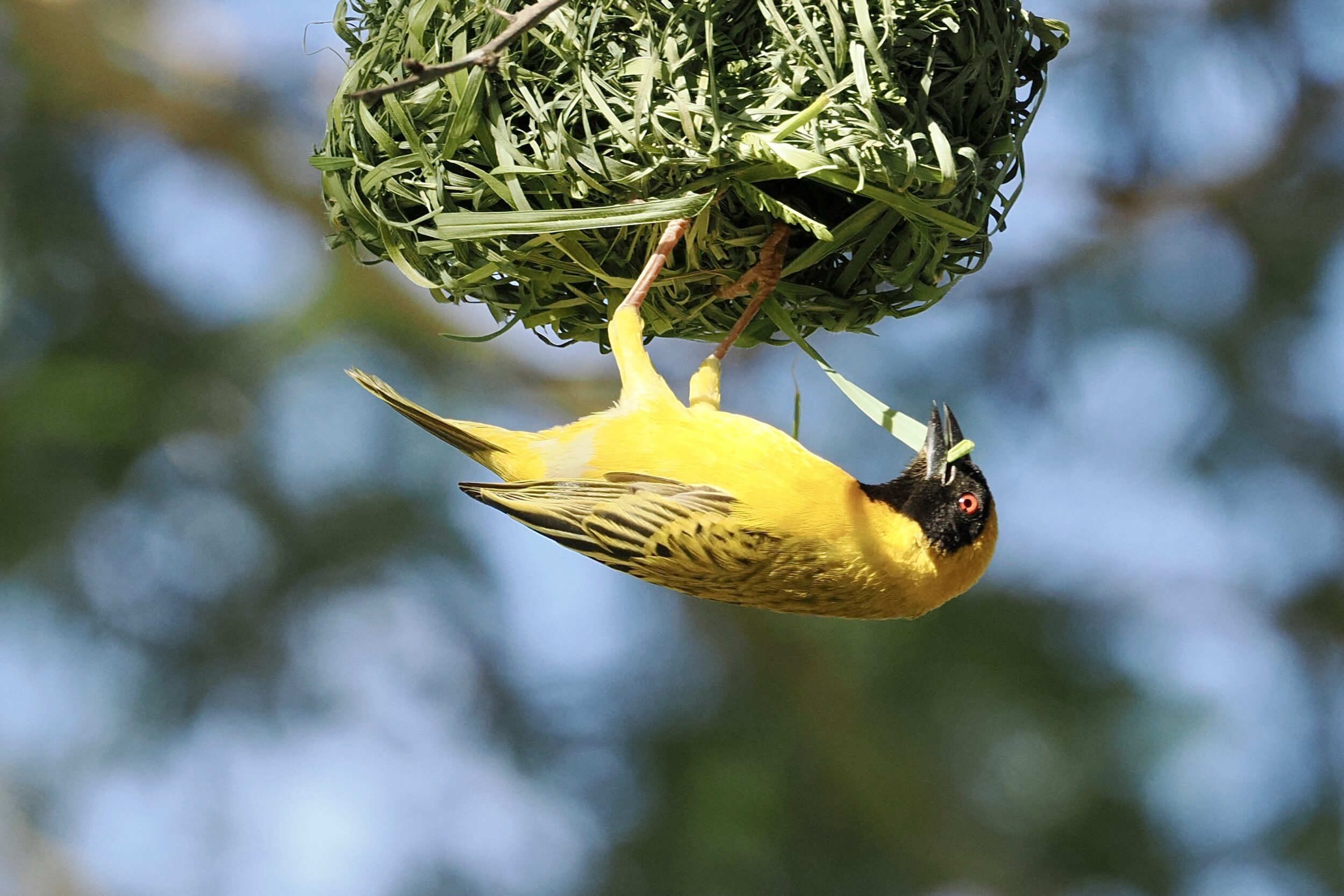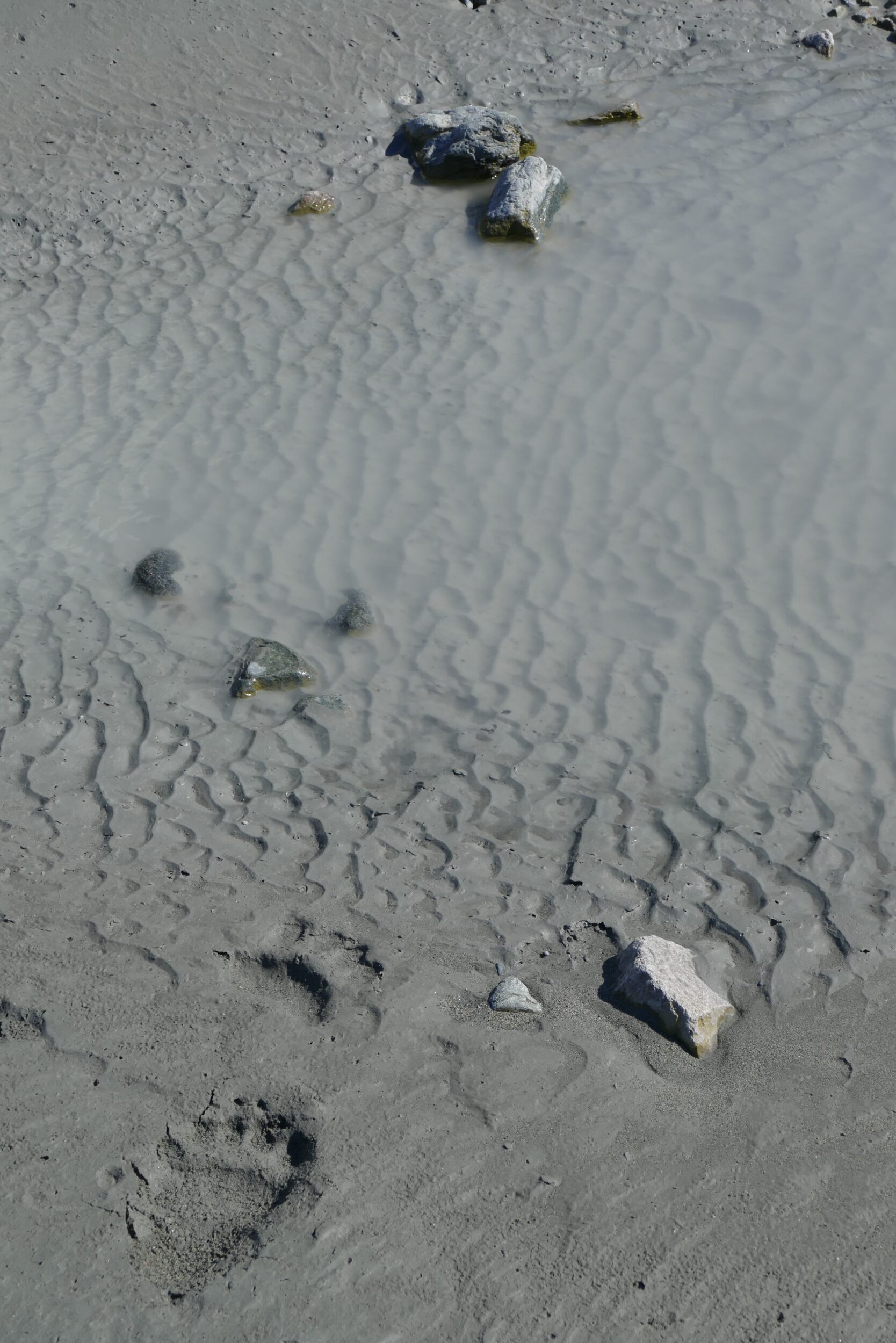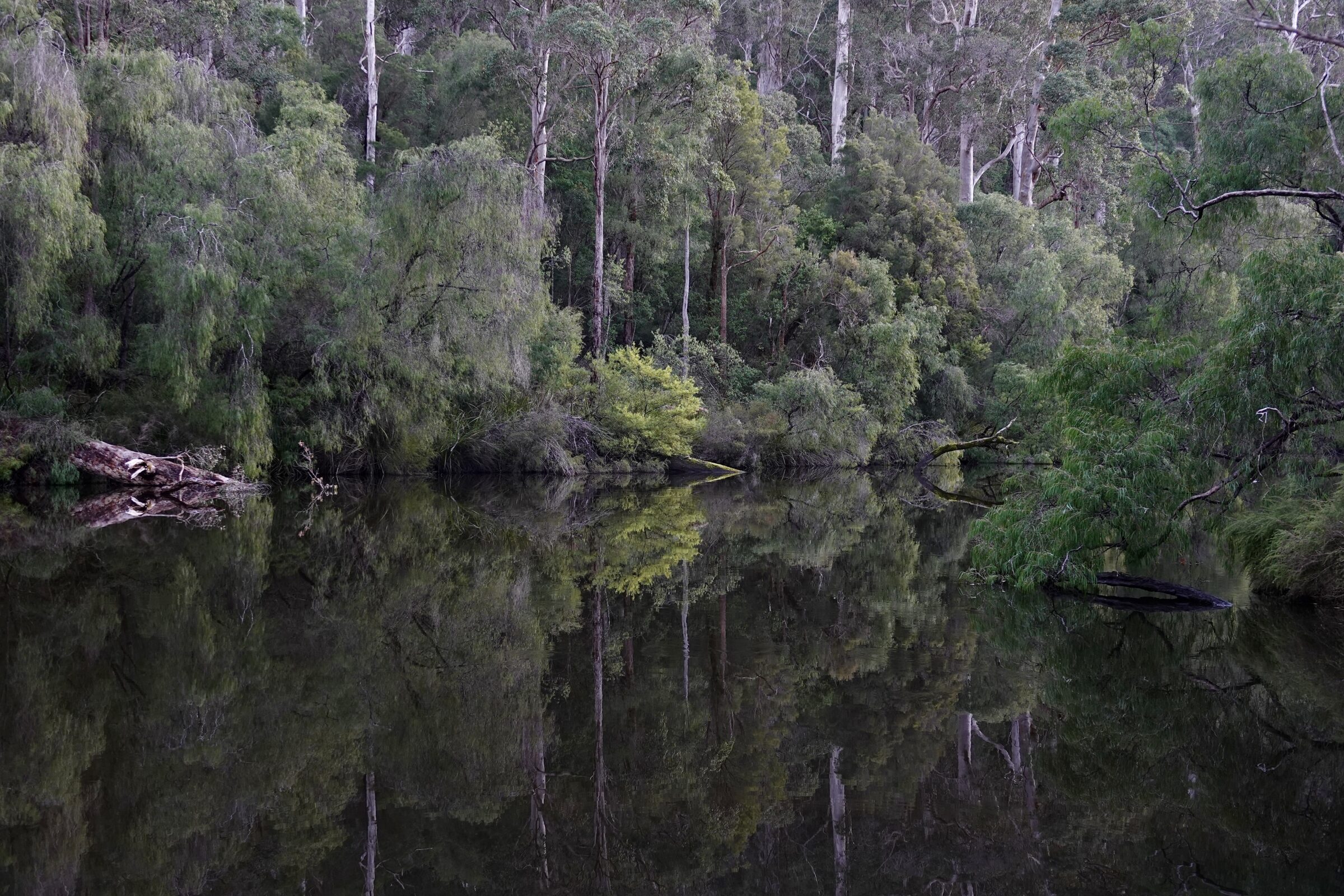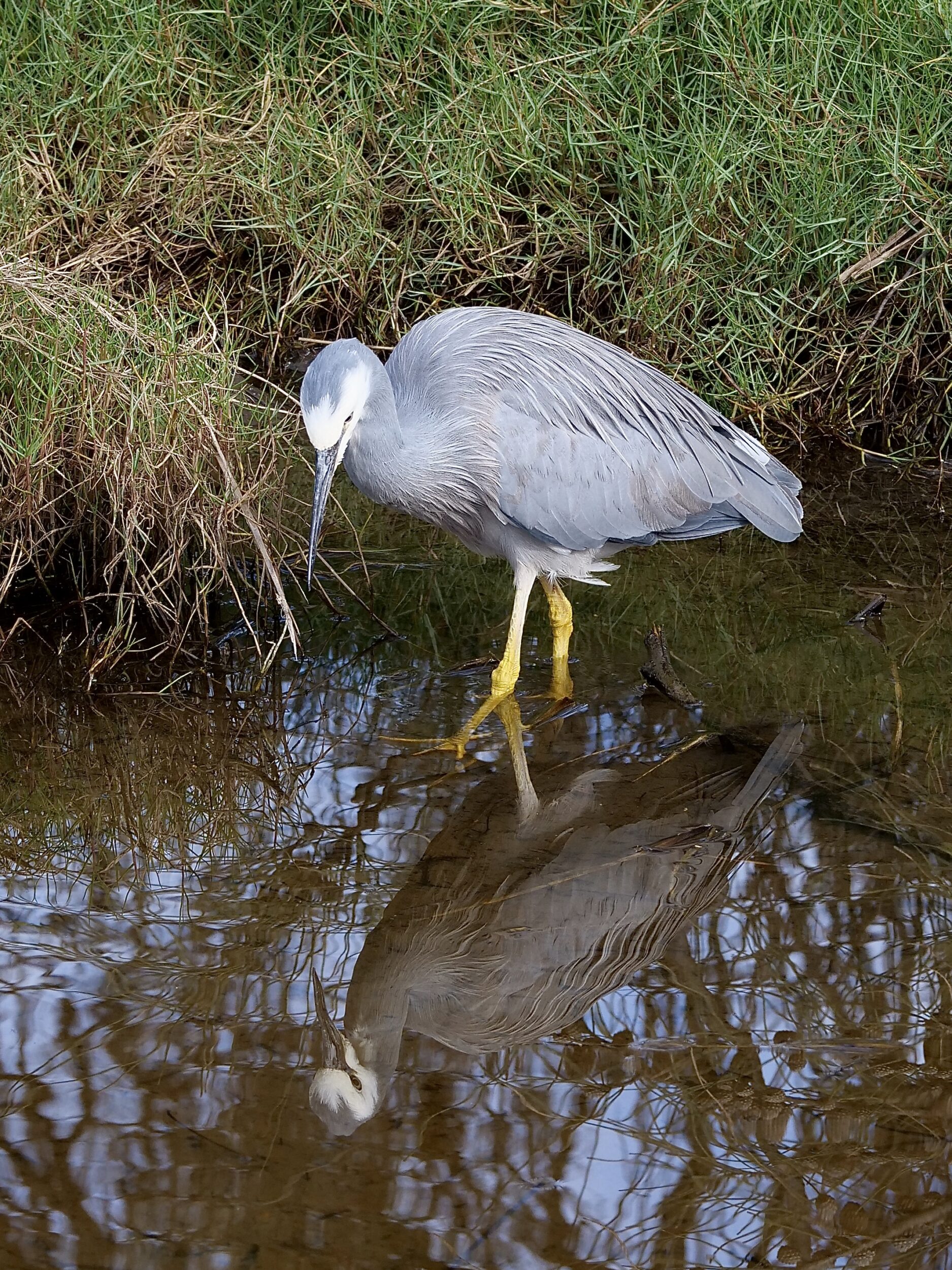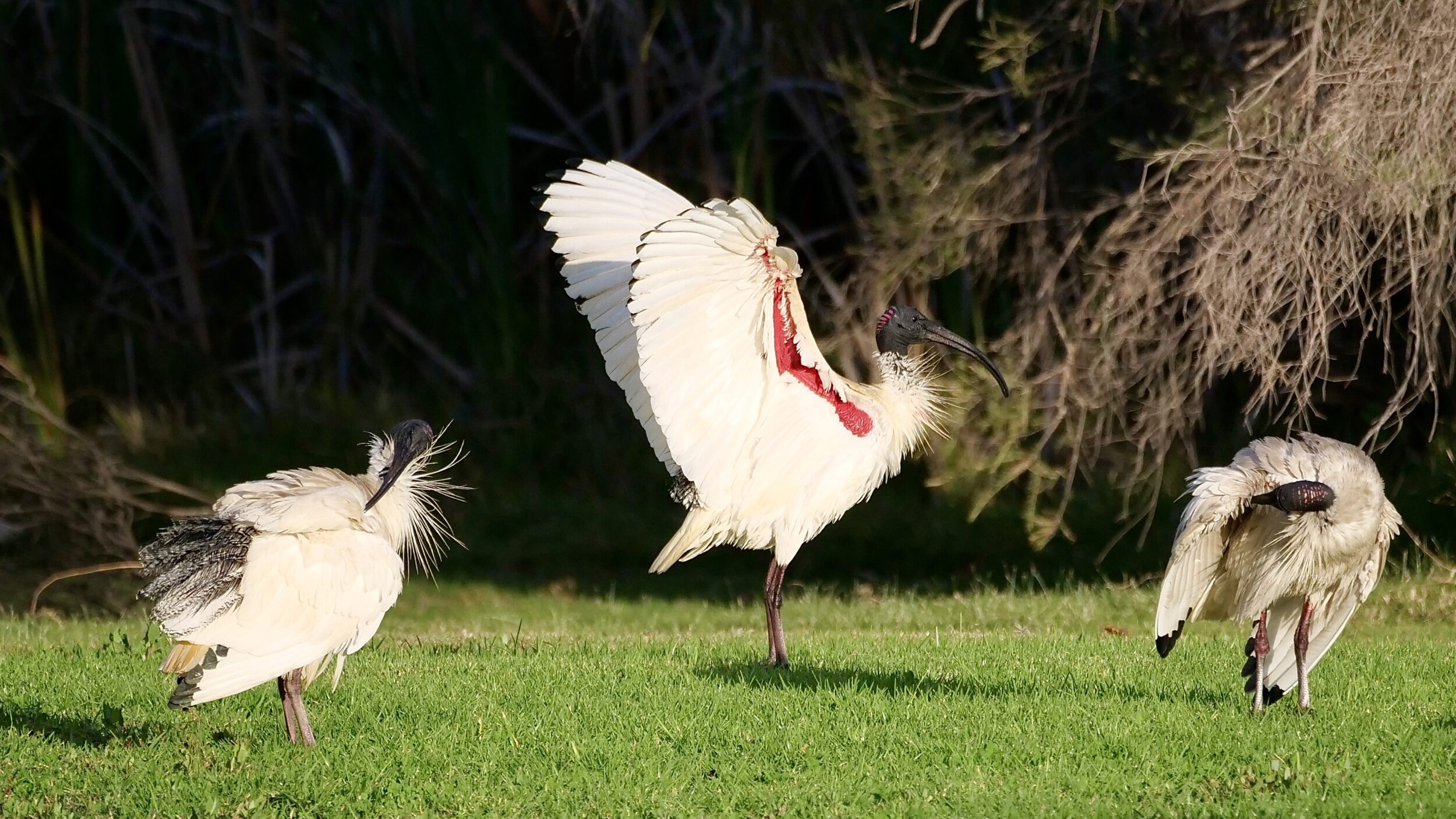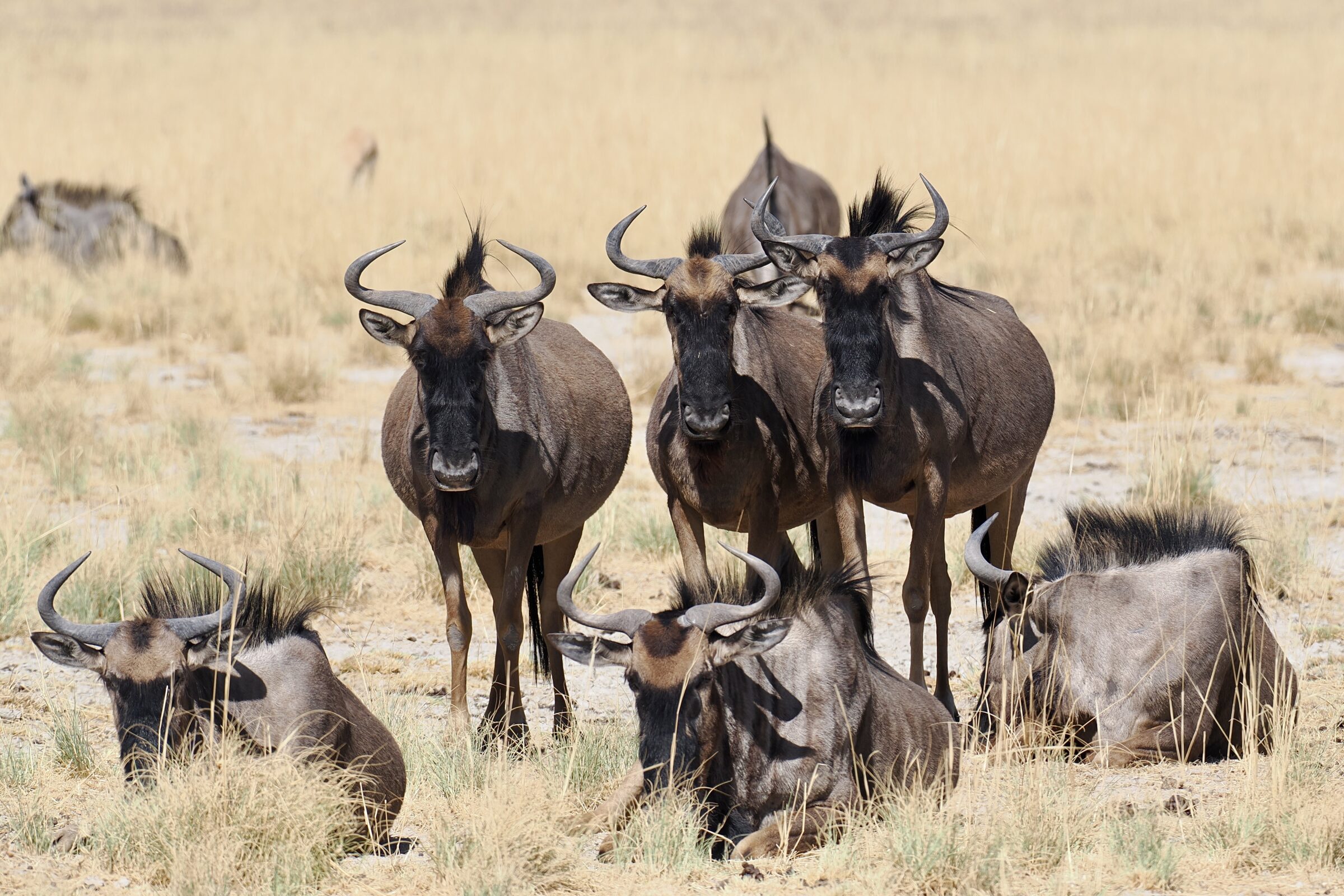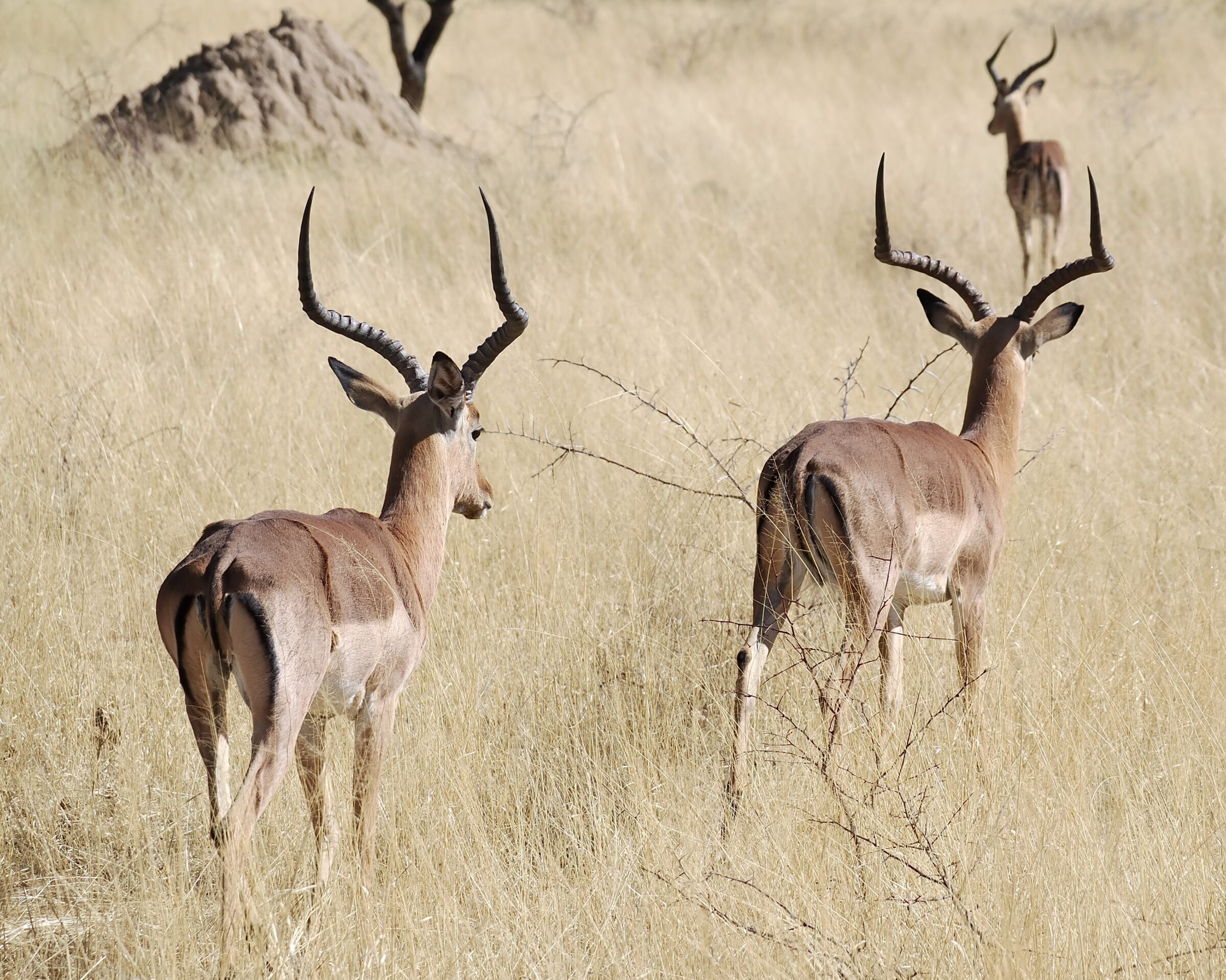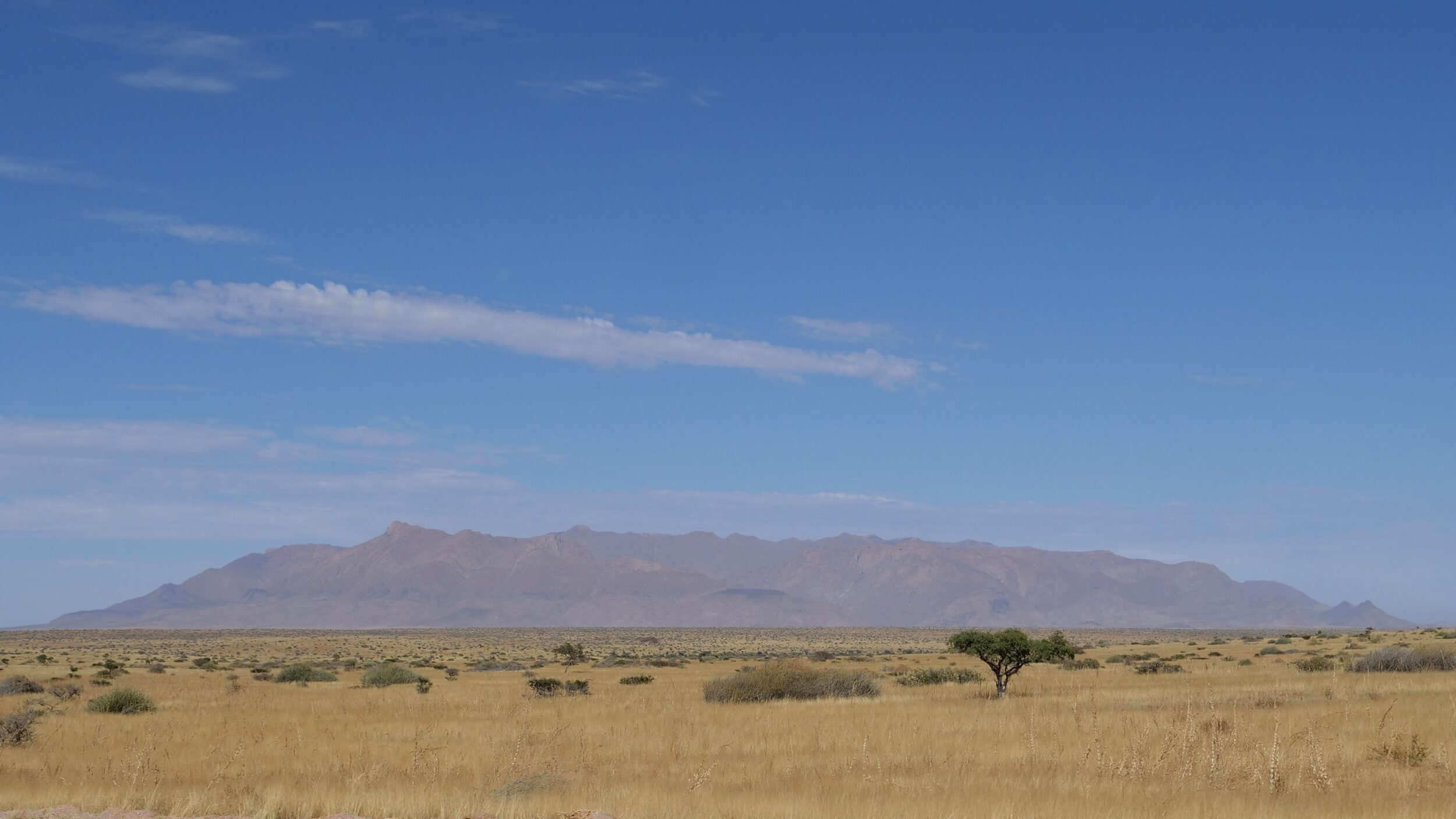My camera registers the time that each photo is taken.
It was 6.30 pm when I took the immediately-preceding post’s final image; Lila had then just ceased “snacking” and was sitting still.
Directly in front of Lila, probably still warm, also motionless, was her kill.
It was still 6.30 pm when Lila had completed the demanding task depicted in the sequence which begins with the featured image, then continues with the next three photos.
Almost certainly, I will never witness a more prodigious physical feat.
From “red hartebeest calf carcass, stationary, flat on the ground” to “carcass securely stashed in the tree’s crown” took Lila circa thirty seconds to achieve.
One Comment